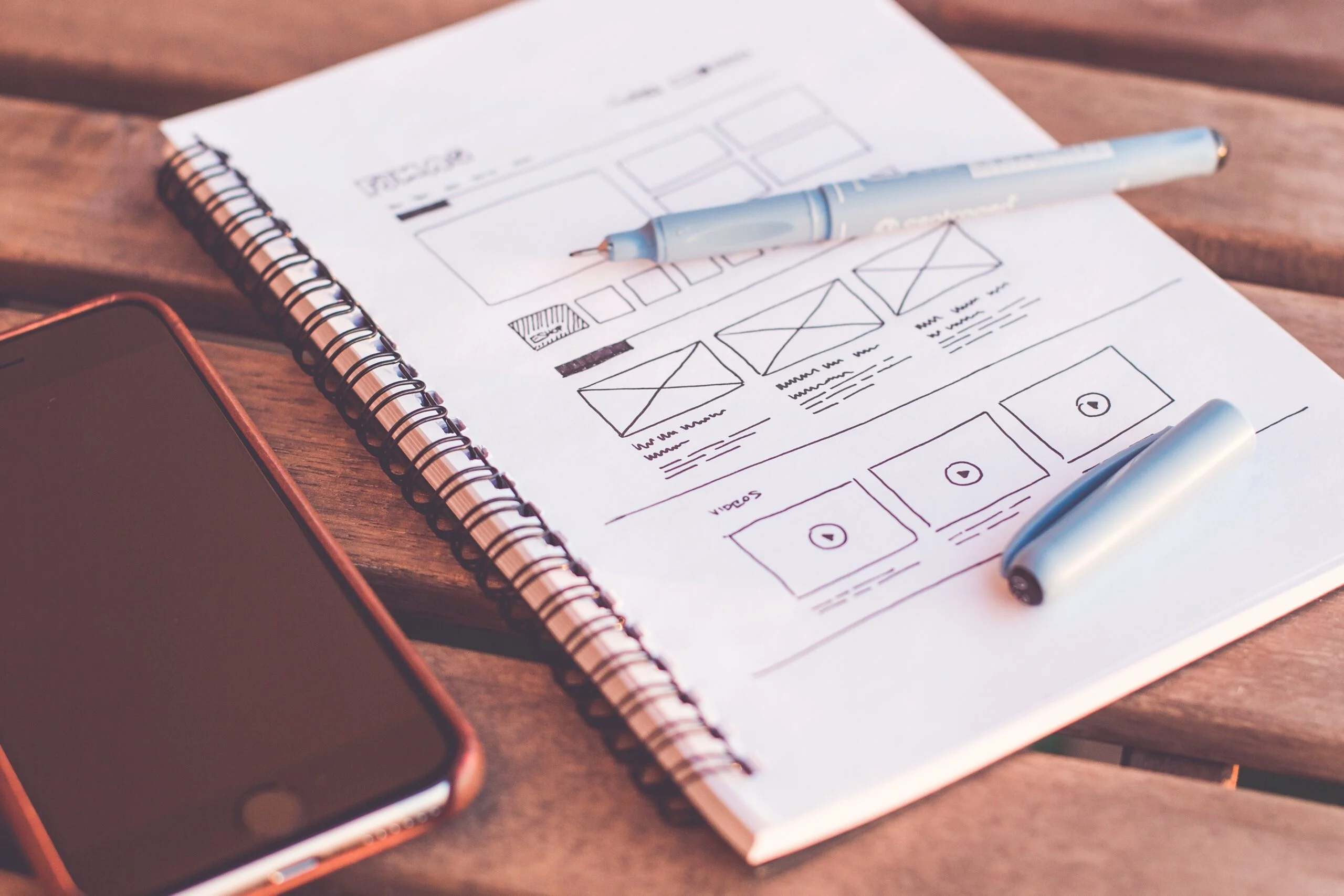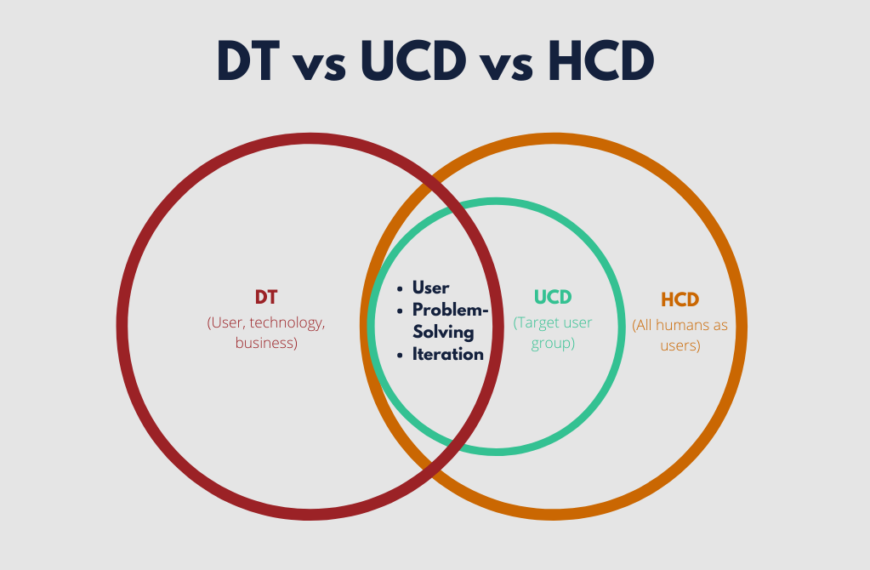From morning to night, everyone experiences a range of products in their daily lives. It can be your phone or even your bedroom door (yes, your door!). Every product we experience has been enhanced and improved for years, to make them easier to use. The earliest evidence of User Experience (UX) can be traced back to 4000BC to the ancient Chinese philosophy of Feng Shui. The practice aims to design your surroundings in the most user-friendly, pleasant and optimal settings.
For years, humans have tried to optimise their surroundings to achieve maximum harmony and comfort. In modern times, UX design has a strong digital baseline and often refers to apps, websites, software and technologies.
Here is what I will cover in this blog:
- What is User Experience (UX)?
- What makes for good UX design?
- Why is good UX important for businesses?
- In a nutshell
OK, let’s jump in!
What is User Experience (UX)?
User experience (UX) is how a user feels about experiencing or interacting with a product. A product can be anything: an app, a gadget, a checkout line at a store, or even a toaster. UX design takes into account every element that can help shape how a user feels and how they use the product to complete the desired task. User experience is all about making something easier to use. This entails that every user should clearly understand the design, conceptual model, and the purpose of the product.
Most businesses depend on UX designers to help make their products more user-friendly, accessible, and enjoyable. A UX designer acts as a bridge between the company and its customers. It is a designer’s job to advocate the needs of the users and help create a seamless product that is both well equipped to solve the users’ needs and meets the business expectations of key stakeholders.
What makes for good UX design?
The ultimate goal of good UX is to create a product that is:
- Useable – The product is easy to use.
- Equitable – The product is useful and marketable to people with different backgrounds and needs.
- Enjoyable – The product creates a positive connection with the user.
- Useful – The product solves a relevant problem.
“People ignore design that ignores people.”
-Frank Chimero, Designer
Consider the example of a ketchup bottle. For years, ketchup has come in heavy glass bottles. The user has to hit the bottom of the bottle to make the ketchup come out. It often results in either too little or too much ketchup.
Now, the original ketchup glass bottle has been redesigned into a plastic squeezable bottle. The redesign achieves all the goals of a good UX design:
- Usable: It is now easier for users to control the amount of ketchup that comes out.
- Equitable: It is easier for kids to hold and use this bottle, as it is lighter now.
- Enjoyable: The overall user experience is more pleasant as users now find it very easy to get the desired amount of ketchup.
- Useful: The redesign solves a relevant problem.
Learn more about designing good user experiences with these articles:
Why is good UX important for businesses?
A growing number of businesses are now realising that a great user experience is critical to ensuring user satisfaction and building customer loyalty.
According to a study conducted by Adobe, businesses employing the design-thinking process have a considerable competitive advantage, reporting 41% higher market share, 50% more loyal customers, and 46% competitive advantage overall (‘Design-led firms win the business advantage’).
Explained simply, when a user likes a product, they are more likely to use it frequently, and they recommend it to their friends and family. As the popularity of the product grows, it ultimately benefits the company as well, making it a win-win for the user and the business.
“Some people think design means how it looks. But of course, if you dig deeper, it’s really how it works.”
-Steve Jobs
In a nutshell
User Experience Design is a rather fascinating and multidisciplinary subject that encourages creativity and innovation, as long as the users’ needs are not compromised. It can truly make or break the success of a brand or a business. The design principles need to be applied at a strategic level, and not just viewed as a mere after-thought.



